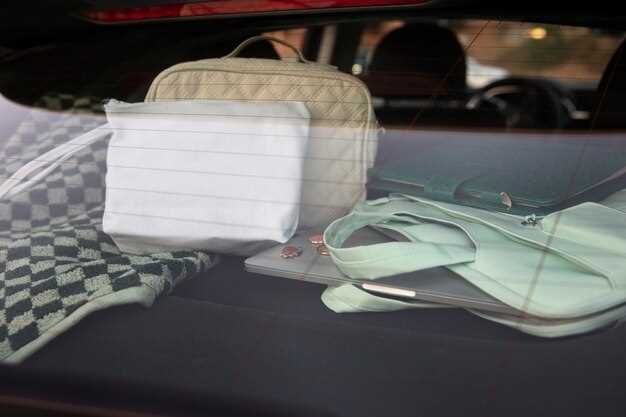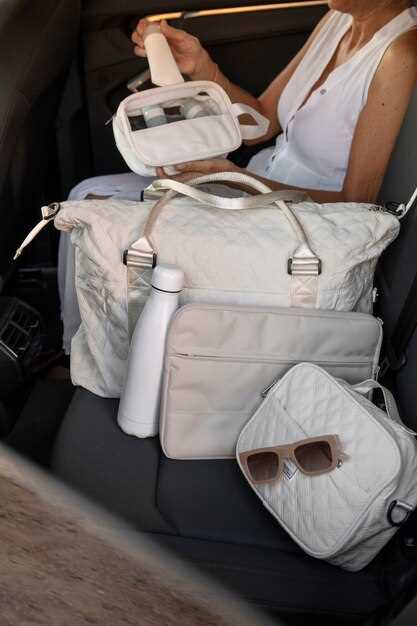
Participating in autocross events can be an exhilarating experience, especially when it involves a machine as exquisite as the Birkin. To maximize your performance and enjoyment on the track, proper preparation is essential. This preparation goes beyond basic maintenance; it requires a comprehensive understanding of both your vehicle’s capabilities and the specific demands of autocross.
First and foremost, understanding the unique characteristics of your Birkin is crucial. Light weight and agile handling are defining features of the Birkin, making it a favored choice for autocross enthusiasts. However, these attributes must be complemented by specific modifications and adjustments to ensure optimal performance on a tightly wound course. This includes evaluating your tire choice, suspension settings, and weight distribution.
Safety is another critical aspect to consider. Before heading to an autocross event, ensure that all safety equipment is in working order. This includes checking your harnesses, fire extinguisher, and ensuring that the roll bar is properly installed. Understanding the autocross rules and regulations specific to your region can also help in making well-informed decisions about the modifications and safety gear required.
Choosing the Right Tires for Optimal Grip
Selecting the appropriate tires is critical for achieving the best performance in autocross events. Tires provide the necessary traction and stability, influencing your vehicle’s handling, acceleration, and braking capabilities. Understanding tire types and specifications is essential for maximizing grip on the track.
1. Tire Types: There are primarily two categories of tires to consider: road tires and competition tires. Road tires are designed for everyday use and provide a balance between comfort and performance. However, competition tires, often referred to as “slicks” or “semi-slicks,” are specifically engineered for track conditions, offering superior grip and enhanced responsiveness.
2. Tread Pattern: The tread pattern greatly affects grip. Tires with a smooth surface (slicks) minimize resistance and maximize contact with the road, ideal for dry conditions. Conversely, tires with a more aggressive tread pattern are better suited for wet or mixed conditions, channeling water away to prevent hydroplaning.
3. Tire Compound: The rubber compound plays a vital role in grip. Softer compounds offer increased traction but tend to wear out faster, while harder compounds provide durability at the expense of grip. It’s crucial to select a compound that aligns with your driving style and the conditions you expect at the event.
4. Tire Pressure: Maintaining the correct tire pressure is essential for optimizing grip. Overinflated tires can lead to reduced contact patch, while underinflated tires may result in excess deformation and poor handling. Experiment with pressures to find the optimal setting that balances stiffness and sensitivity during cornering.
5. Size Matters: Choosing the right tire size can also affect grip. Wider tires increase the contact patch, enhancing traction but require proper wheel alignment. Ensure that the tires you select are compatible with your vehicle’s specifications and suspension setup.
Ultimately, the right tire selection involves balancing all these factors to suit your specific driving style and the conditions of the autocross course. Conducting tests and adjustments will help you find the optimal tire setup for achieving the best possible grip during your events.
Tuning Suspension for Enhanced Handling

Proper suspension tuning is crucial for optimizing the handling characteristics of your Birkin during autocross events. The following aspects will help you achieve a better performance on the track:
- Spring Rates: Choosing the correct spring rates is essential for balance and responsiveness. Consider the weight of your Birkin and the type of surface you will be competing on. Stiffer springs can improve responsiveness but may reduce comfort.
- Dampers: Upgrading to adjustable dampers allows you to fine-tune your suspension setup. Look for dampers that offer both compression and rebound settings to cater to varying driving conditions.
- Ride Height: Lowering the ride height can improve stability and reduce body roll. Ensure your adjustments maintain an appropriate ground clearance to avoid bottoming out on bumps or during maneuvers.
- Sway Bars: Installing stiffer sway bars can enhance cornering stability by reducing body roll. Test different thicknesses to find the right balance between comfort and performance.
After making adjustments, it is crucial to conduct thorough testing. Track the performance of your Birkin in various conditions and make incremental changes. This iterative process will help you refine your setup for maximum handling efficiency.
- Start with baseline settings that cater to your driving style.
- Test in different weather conditions to observe handling characteristics.
- Make small adjustments and assess their impact on performance.
- Repeat as necessary until the desired handling is achieved.
Investing time and effort into tuning your suspension will significantly improve your Birkin’s performance at autocross events. A well-tuned suspension not only enhances handling but also increases overall driving confidence, allowing you to push your limits on the track.
Safety Modifications to Consider Before Racing

Participating in autocross events requires a focus on safety to ensure a secure experience for both the driver and the vehicle. Implementing certain modifications can significantly enhance safety while racing your Birkin. Here are essential upgrades to consider:
1. Roll Cage Installation: A roll cage provides structural support and prevents the cabin from collapsing in the event of a rollover. Ensure that the roll cage complies with safety regulations specific to autocross events.
2. Racing Seats and Harnesses: Upgrading to racing seats designed for safety can improve driver stability during high-speed maneuvers. Coupling these seats with a quality multi-point harness ensures that the driver is securely positioned, reducing the risk of injury during sudden stops or collisions.
3. Fire Extinguisher: Install a fire extinguisher within easy reach from the driver’s seat. The extinguisher should be rated for use on vehicle fires and securely mounted to avoid movement during racing.
4. Upgraded Braking System: Consider enhancing your braking system with racing brake pads and rotors. Improved stopping power is crucial to navigate the tight turns and sharp corners characteristic of autocross courses.
5. Tire Selection: Use tires specifically designed for autocross, which offer better grip and handling. Performance tires can significantly affect your vehicle’s stability and response, reducing the likelihood of accidents.
6. Suspension Upgrades: Upgrading your suspension system improves handling and ride quality. Adjustable coilovers can help tailor the suspension setup to the event’s specific characteristics, allowing for better control.
7. Safety Netting: Installing safety netting on the driver’s side can protect against debris and impact during a race. This additional layer of security can prevent injuries in the event of an accident.
8. Electrical Cutoff Switch: An electrical cutoff switch allows for quick disconnection of the battery power in emergencies. This feature can be critical in preventing fires or further damage after an accident.
These modifications not only enhance the safety of your Birkin but also provide peace of mind while competing. Ensuring that your vehicle meets safety standards is not just a requirement; it is a responsibility every racer should take seriously.













